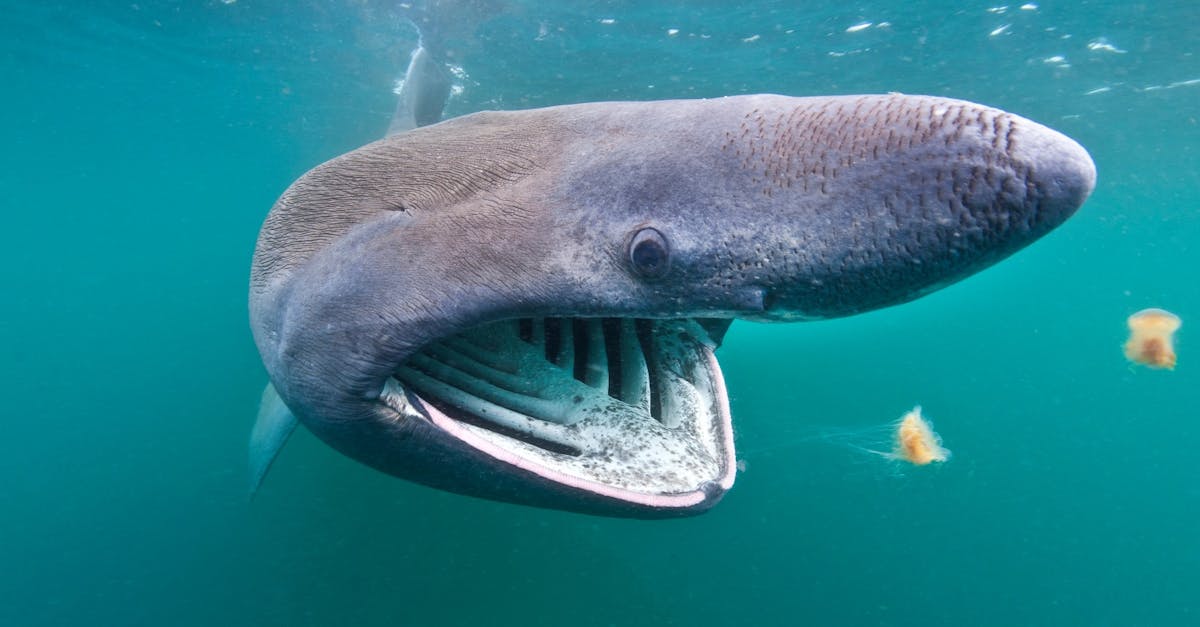
The food industry is one of the largest and most important industries in the world. It encompasses a wide range of businesses, from farmers and ranchers to food processors, distributors, and retailers. The food industry is responsible for feeding the world’s population, and it plays Foodtips.ca/ a vital role in the global economy.
In recent years, the food industry has undergone a number of major changes. One of the most significant trends has been the rise of the health and wellness movement. Consumers are increasingly demanding healthy and nutritious foods, and food companies are responding by developing new products and reformulating existing ones.
Another major trend is the growing popularity of plant-based foods. More and more people are choosing to reduce their meat consumption or eliminate it altogether. This is due to a number of factors, including concerns about health, animal welfare, and the environment. Food companies are responding to this trend by developing new plant-based products, such as meat substitutes, dairy alternatives, and plant-based cheeses.
The food industry is also facing a number of challenges. One of the biggest challenges is climate change. Climate change is disrupting food production and making it more difficult to grow crops and raise livestock. Food companies are working to develop climate-resilient agricultural practices and to reduce their environmental impact.
Another challenge facing the food industry is food waste. Every year, one-third of all food produced for human consumption is wasted. This is a major environmental problem, and it also contributes to food insecurity. Food companies are working to reduce food waste by improving supply chain efficiency and by developing new products that use food waste ingredients.
The food industry is also facing increasing competition from new entrants. Startups and small businesses are developing innovative new food products and business models. These new entrants are challenging the traditional food industry players.
Despite the challenges it faces, the food industry is expected to continue to grow in the coming years. The global population is expected to reach 9.7 billion by 2050, and this will require a significant increase in food production. Food companies are investing in new technologies and business models to meet this growing demand.
Here are some specific examples of how the food industry is responding to trends and challenges:
- Health and wellness: Food companies are developing new products that are low in sugar, fat, and calories. They are also reformulating existing products to make them healthier. For example, many companies have reduced the sodium content of their products.
- Plant-based foods: Food companies are developing new plant-based products that mimic the taste and texture of meat and dairy products. For example, there are now a number of plant-based burgers and sausages on the market.
- Climate change: Food companies are investing in climate-resilient agricultural practices, such as precision agriculture and water conservation techniques. They are also reducing their reliance on fossil fuels and developing renewable energy sources.
- Food waste: Food companies are working to reduce food waste by improving supply chain efficiency and by developing new products that use food waste ingredients. For example, some companies are making bread and crackers from spent grains, which are a byproduct of beer brewing.
- Competition from new entrants: Food companies are investing in innovation and new business models to meet the challenge from startups and small businesses. For example, many companies are now offering meal kits and meal delivery services.


:max_bytes(150000):strip_icc()/GettyImages-1016321034-4e93d0dc223b48f4a9df61984730eb8e.jpg)

